We’re taking a look at a smartphone being released by Verizon this week as the newest addition to their 4G LTE lineup: the inexpensive yet surprisingly powerful Lucid by LG. This device features a dual-core Qualcomm processor, a lovely IPS LCD display, and LG’s newest user interface which brings out LG’s choice bits of potential from Android 2.3 Gingerbread. Is this device set up to be the winning high-end tip of the mid range of LTE devices for the biggest mobile carrier in the USA?
Hardware
This device is clearly meant to reflect the everyday user’s need to hold the device in one hand and tap with one thumb, as the size is not gigantic as the LG’s upcoming phablet nor is it so tiny one cannot see the display. It’s got a display that’s made for business as well as casual users, and under the hood is enough power to play even the highest class games on the Google Play App Store today. Qualcomm has created a set of chips in this device capable of bringing power as well as ultra-fast connection speed for data on Verizon’s LTE network.
…
Read full post here:
https://www.slashgear.com/lucid-by-lg-review-30220747/


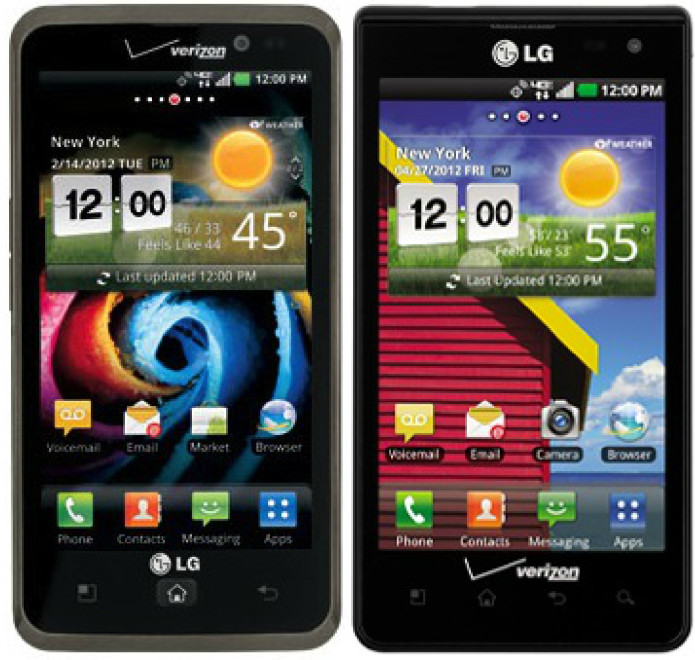
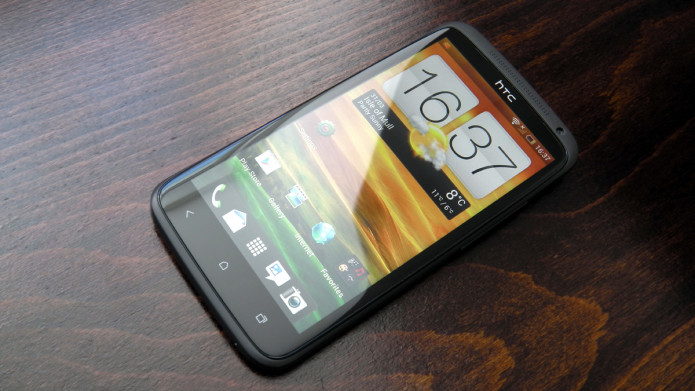
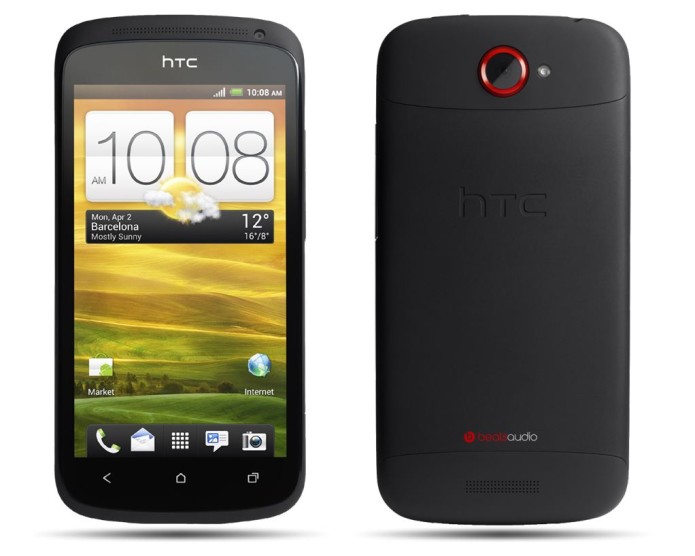
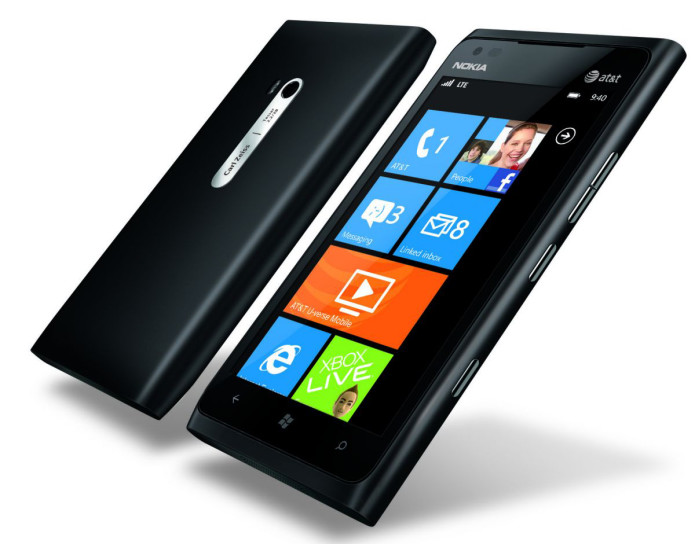
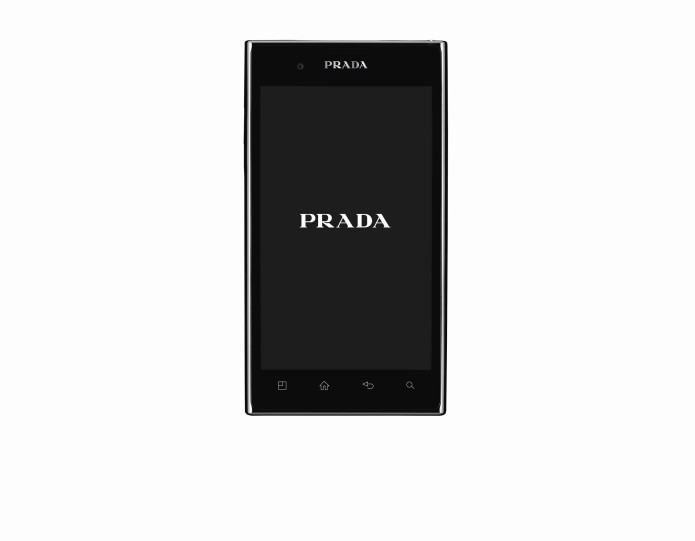
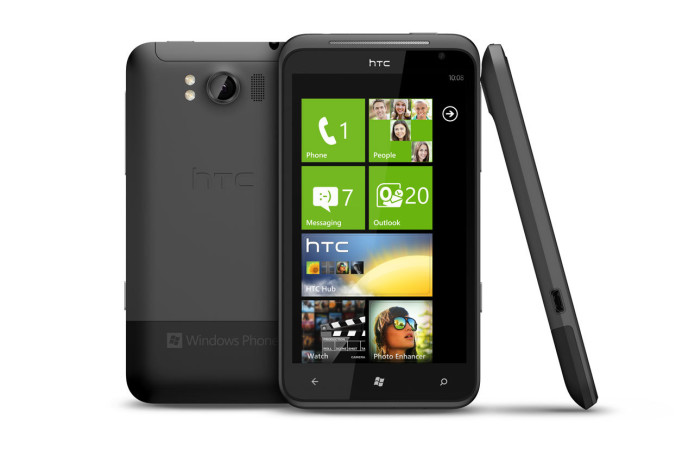
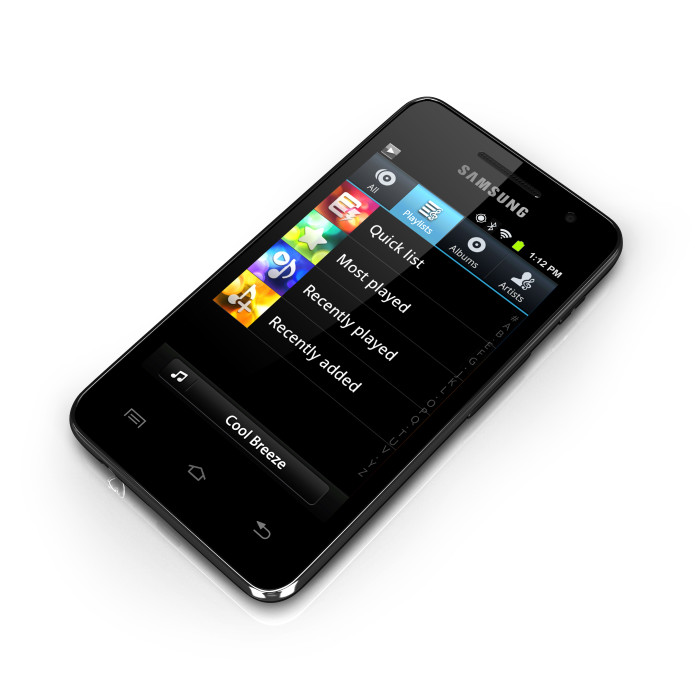
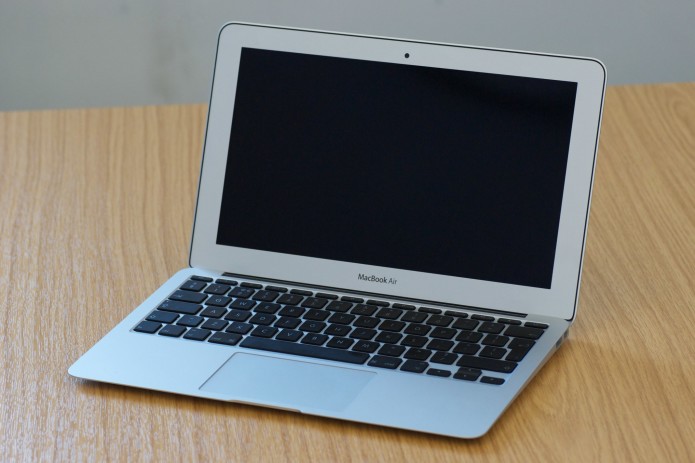
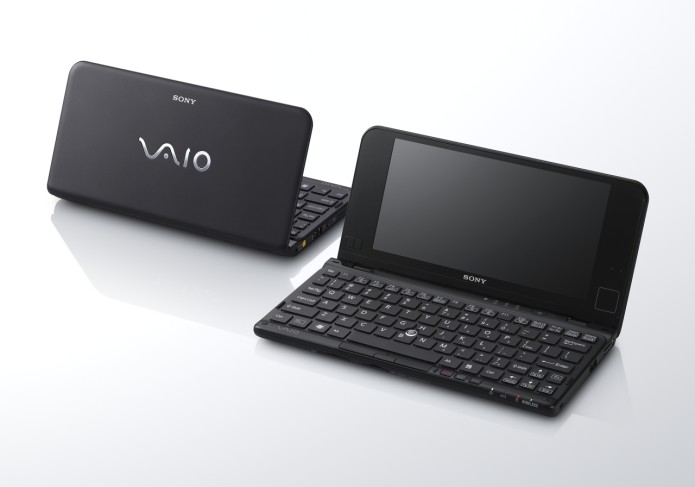
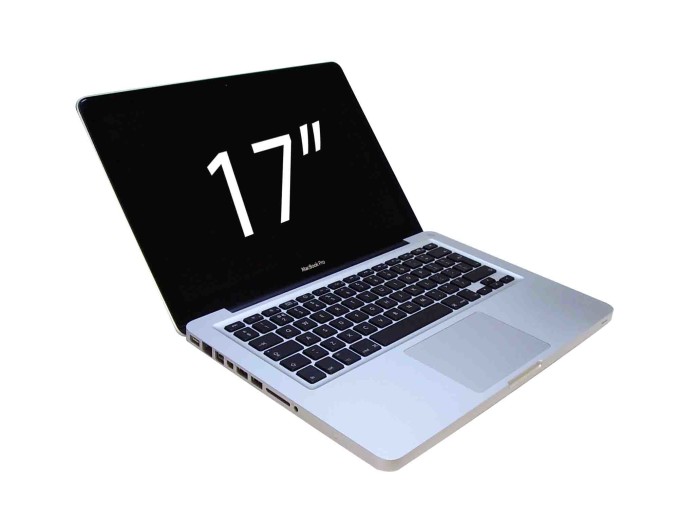
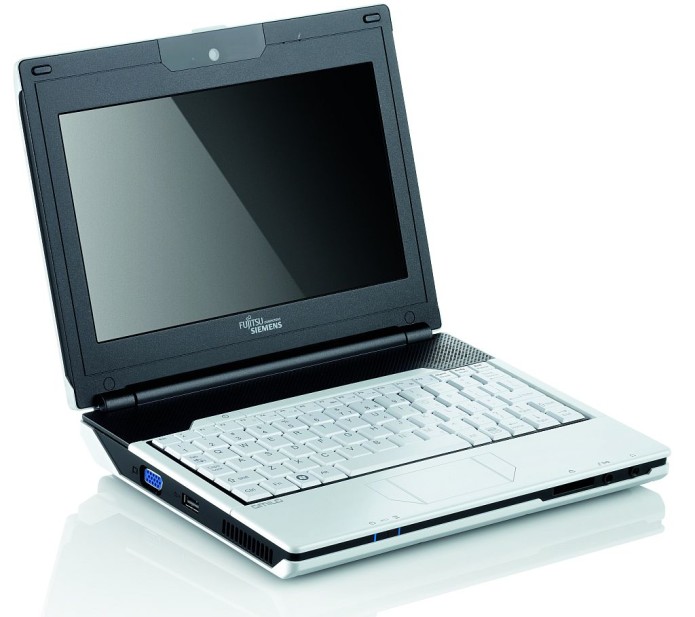
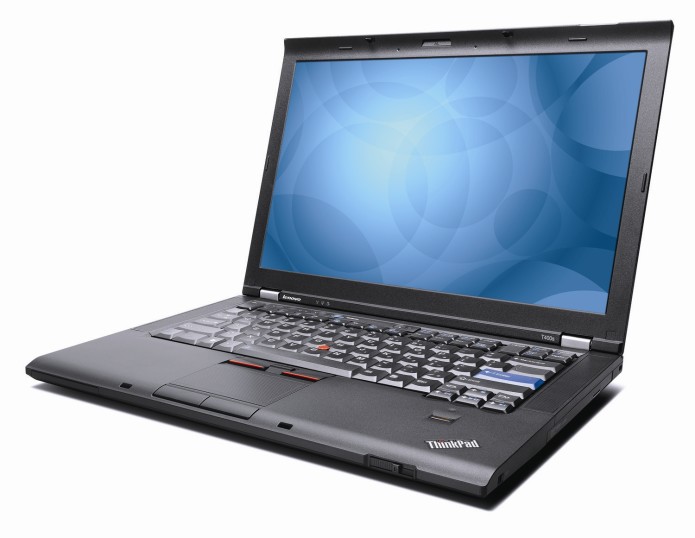
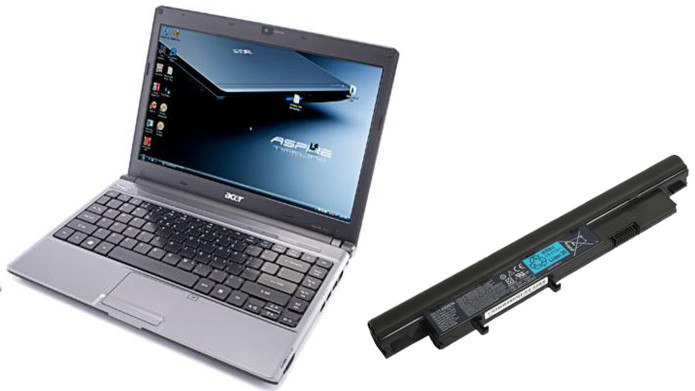
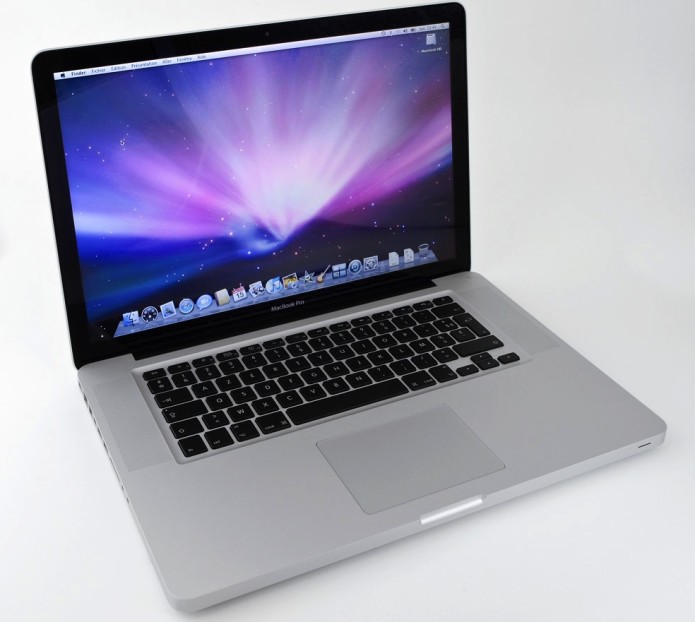
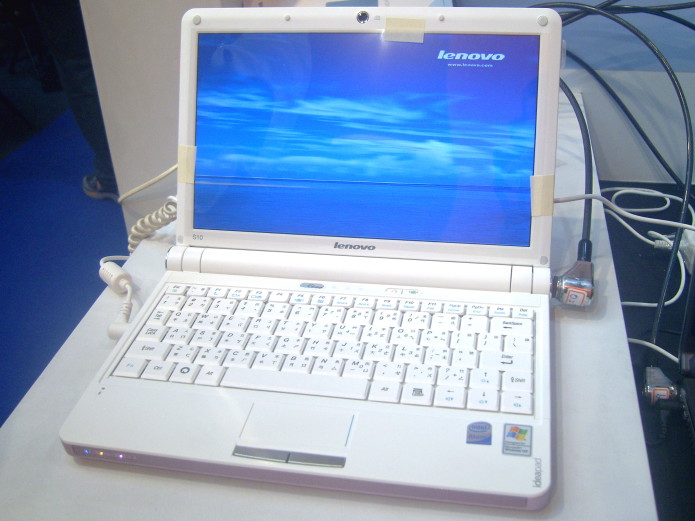
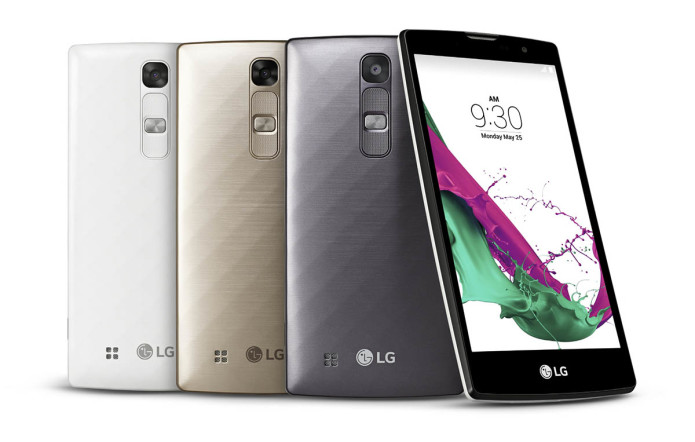

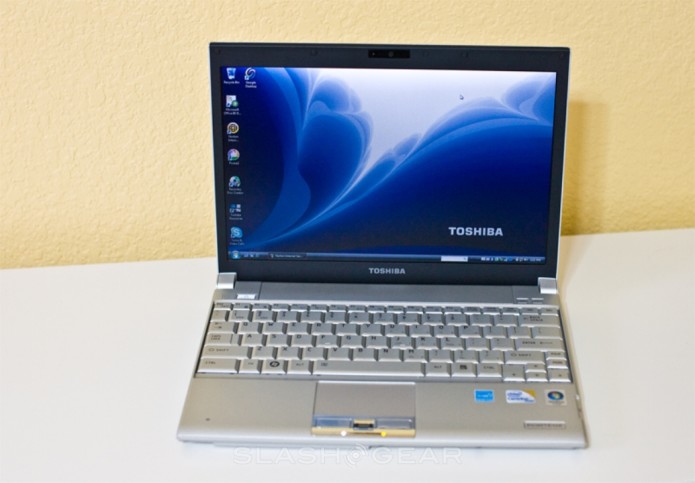
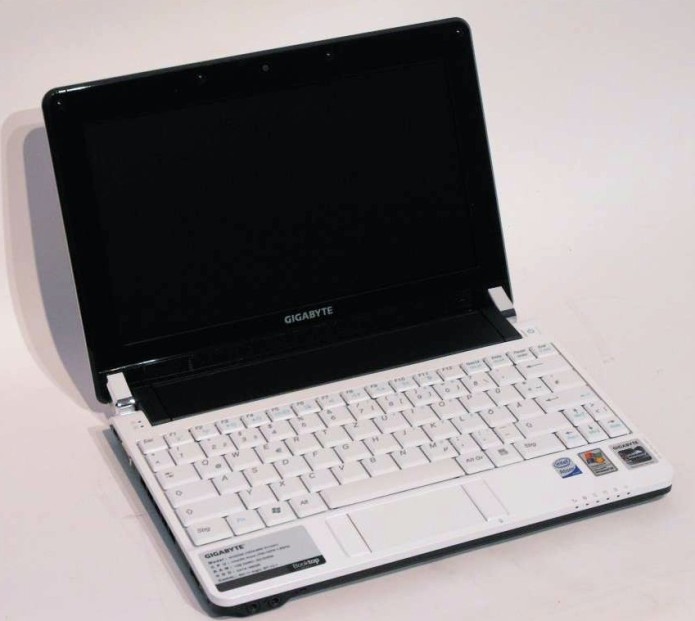
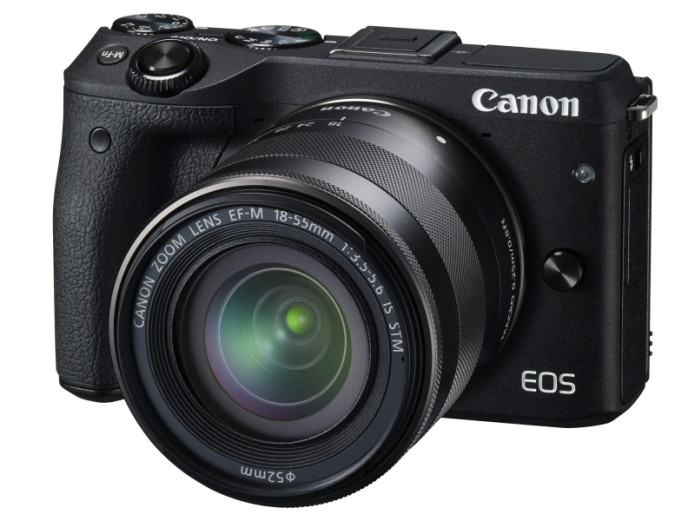
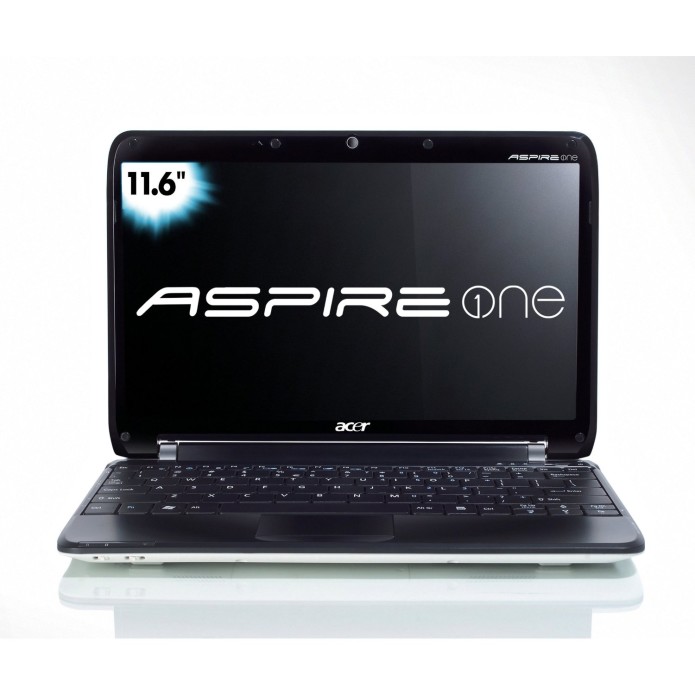
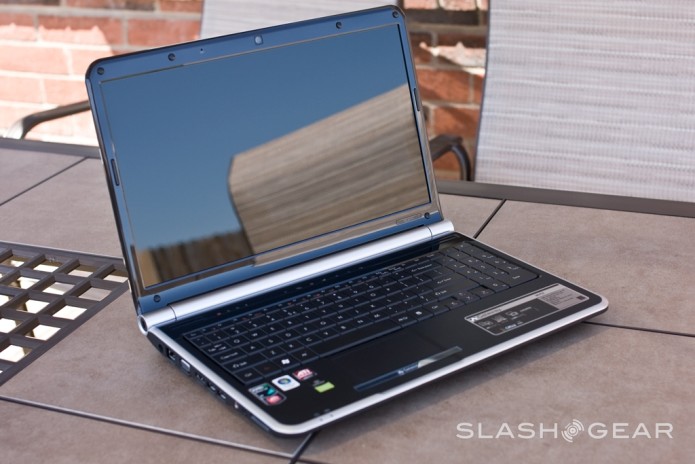

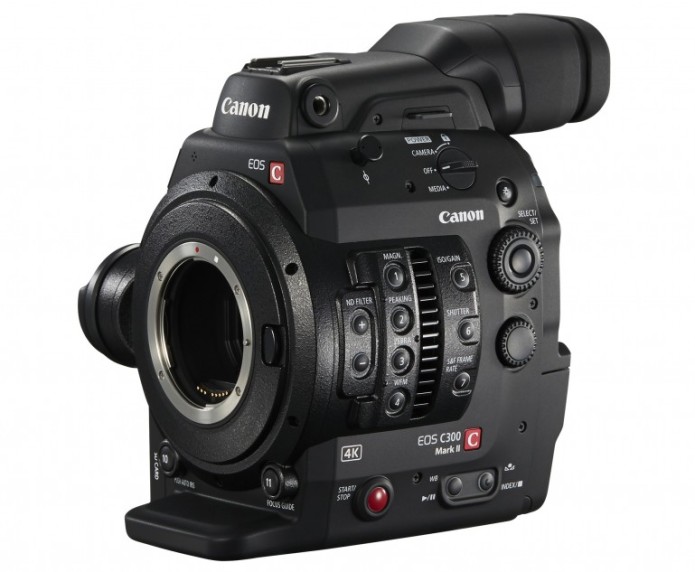
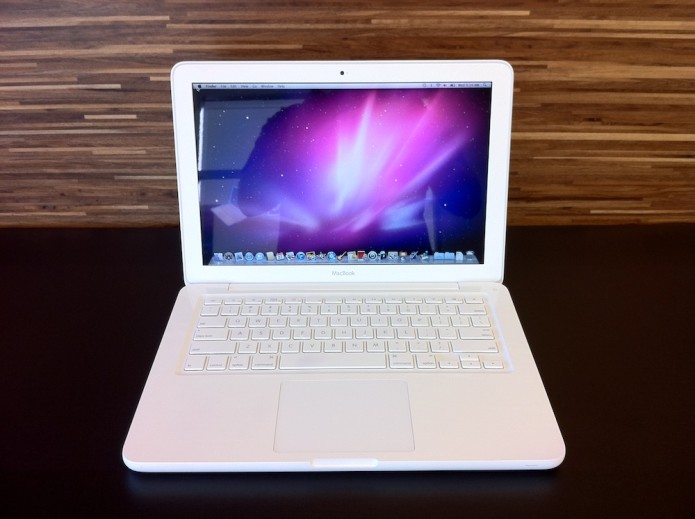
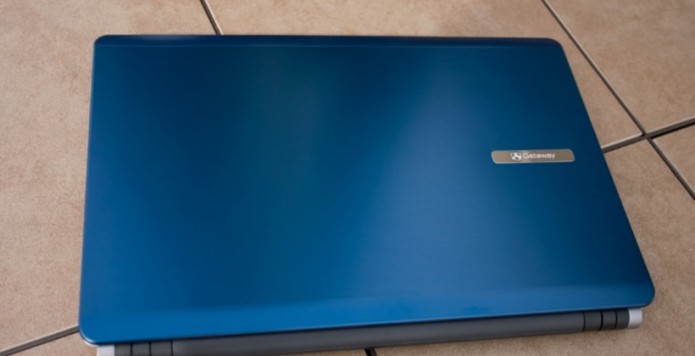
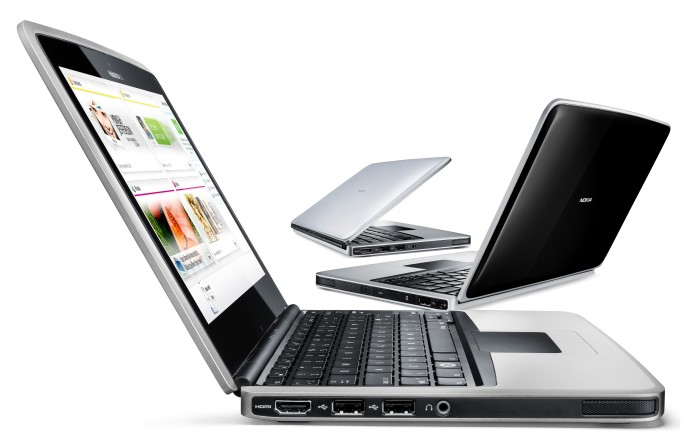
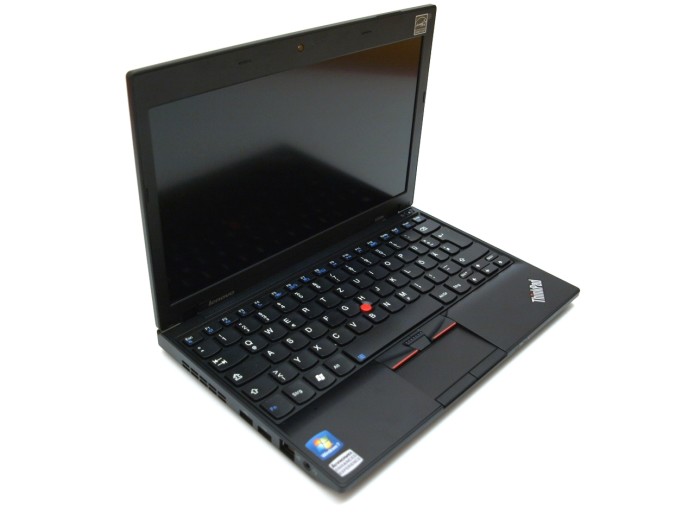
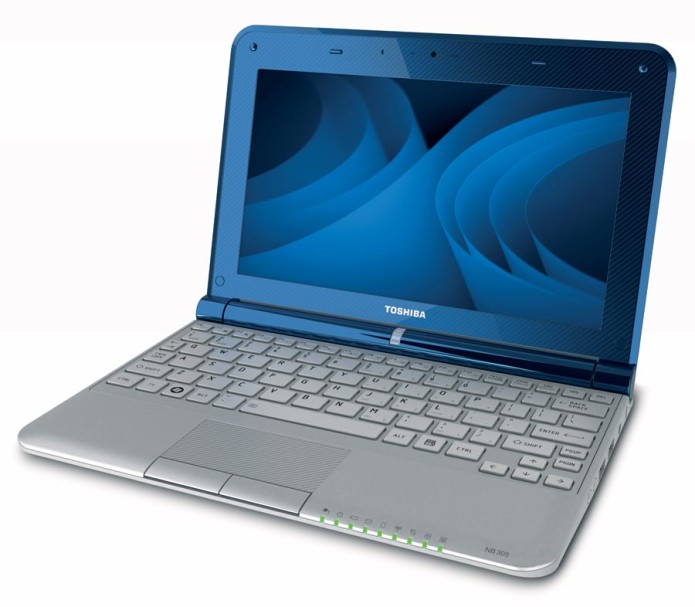

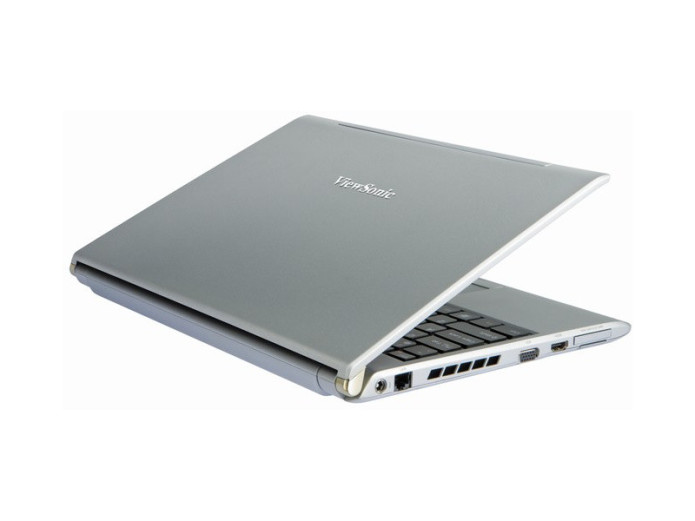
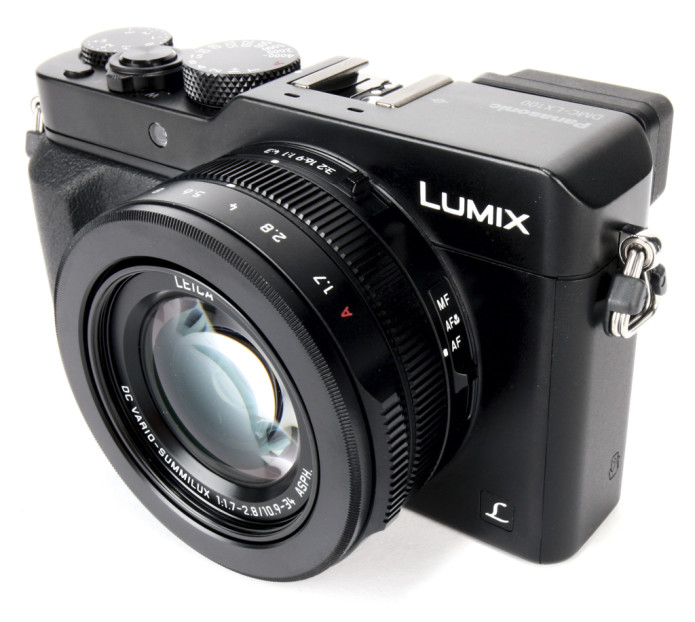
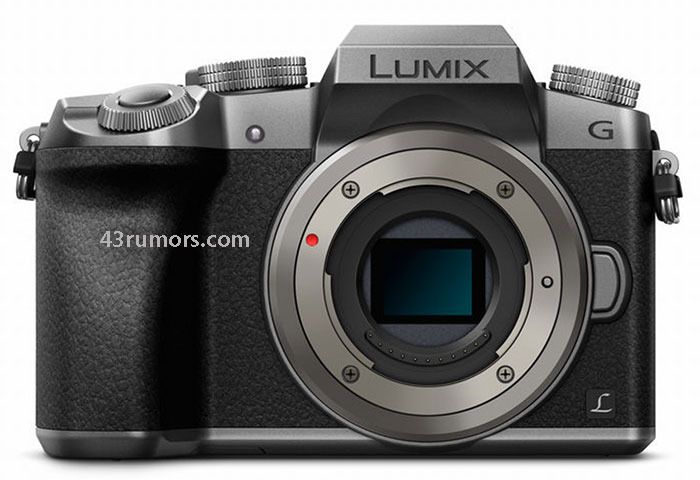
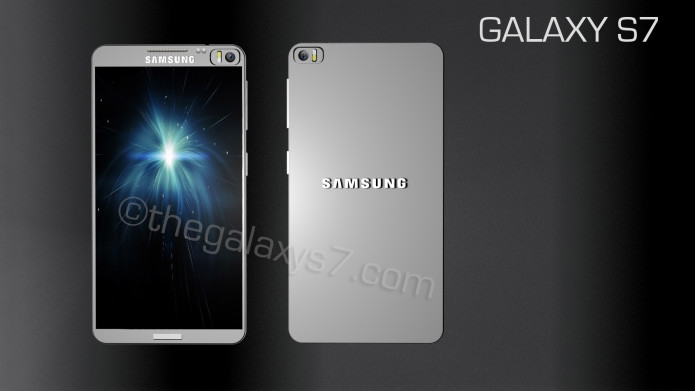
 Did you know the S in Samsung’s Galaxy S series stands for “Super Smart”? Pretty cheesy isn’t it? But Samsung really does believe the brand supplies the best of the best in its Galaxy S series.
Did you know the S in Samsung’s Galaxy S series stands for “Super Smart”? Pretty cheesy isn’t it? But Samsung really does believe the brand supplies the best of the best in its Galaxy S series.